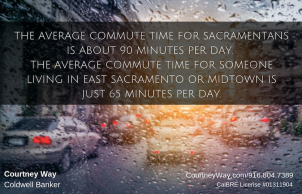 The old adage “Location, location, location,” applies to home buying not just because we want to live in a good neighborhood, but because of where we need to go from there. Most people still have to commute to and from work every day, so navigating the roads and highways and sitting in traffic can constitute a significant portion of our time each week.
The old adage “Location, location, location,” applies to home buying not just because we want to live in a good neighborhood, but because of where we need to go from there. Most people still have to commute to and from work every day, so navigating the roads and highways and sitting in traffic can constitute a significant portion of our time each week.
Add in our need to drop the kids at school, take them to sports and activities, run errands around town, and maybe even drive somewhere fun on the weekends, and the locationx3 adage rings truer than ever.
In fact, the average daily commute for those living and working in the greater Sacramento region is now almost 90 minutes – or an hour and a half each and every work day!
So, to ensure that you’re factoring in commute times when you decide to buy a house in a certain area, here is some great information on how long it takes to drive to and from work in Sacramento.
Although it’s slightly outdated now, a 2015 article in the Sacramento Business Journal entitled “Worst and Best Cities for Commutes” analyzed average commute times among 20 popular neighborhoods and cities in the greater Sacramento area. Using Google Maps, they determined the typical time to drive to work, and then come home in the afternoon or evening (AM and PM commute times were often very different).
Highlights of the list of commute times in the Sacramento region:
- West Sacramento
Average round trip: 65 minutes
- Sacramento (Midtown, East Sacramento and on the Grid)
Average round trip: 65 minutes
- Rancho Cordova
Average round trip: 73 minutes
- Citrus Heights
Average round trip: 78 minutes
- Davis
Average round trip: 82 minutes
- Folsom
Average round trip: 82 minutes
- Carmichael
Average round trip: 84 minutes
- Roseville
Average round trip: 85 minutes
- Fair Oaks
Average round trip: 85 minutes
- Rocklin
Average round trip: 94 minutes
- El Dorado Hills
Average round trip: 97minutes
- Granite Bay
Average round trip: 99 minutes
- Elk Grove
Average round trip: 106 minutes
- Auburn
Average round trip: 108 minutes
- Lincoln
Average round trip: 114 minutes
According to various studies, here are some interesting facts about Sacramento roadways and commute times:
Last year, the busiest traffic day of the year in Sacramento was Thursday, December 15.
In total, we travel more than 1,382,908 miles on Sacramento’s 13,841 miles of roads (highways are only 171 miles of that!).
The average person spends an extra 28 minutes per day, or 106 hours per year, commuting because of traffic congestion. That’s more than four whole days we sit in traffic unnecessarily because the roadways are too crowded!
Friday after work traffic? Research shows that when it comes to evening commute times, Wednesday and Friday are second only to Thursdays – while Mondays and Fridays are lowest.
Sacramento suffers a 22 percent congestion level, which means that it takes approximately 22 percent longer to get from Point A to Point B because of traffic congestion Notably, that’s up 3 percent from just last year.
However, there is a story within a story for that congestion percentage.
In fact, Sacramento’s traffic congestion rate for:
Morning peaks times +38%
Evening peak time (after 5 PM) +54%
Highways +15%
Non-highways +26%
There’s another dynamic we have to mention when we talk about Sacramento traffic and commuting: The Bay Area. Specifically, there are plenty of people who now live in Sactown and make the long drive (or train ride) down to San Francisco or even the Silicon Valley for work.
At last estimate, there were about 120,000 Sacramento residents who have jobs based in the Bay Area. While many of them may work virtually, just go down to the Bay every few days, or stay overnight there during the week, approximately 17,000 people who live in Sacramento make the long commute to the Bay every working day.
To put it in perspective, that’s about the same number as a sell-out at a Sacramento Kings game!
Of course, with all of the benefits of growth and enrichment in the Sacramento region (including a boon to home values), there is a significant downside on the traffic situation, prolonging our commutes.
In fact, Sacramento was the fastest-growing city in all of California last year!
Not only is the Queen City growing organically, but a large portion of people moving to Sacramento for the first time are actually coming from the Bay Area, choosing to live in Sactown and commute back to San Francisco or Silicon Valley every day.
The swelling street traffic and clogging congestion weighs heavily on Sacramentan’s minds. In fact, a new poll by Valley Vision and Sacramento State’s Institute for Social Research (ISR) find that reducing traffic (and therefore, commute times), is the regions “most serious” transportation issue.
“The findings of this transportation poll offer valuable information to local policy makers on investments and priorities for advancing transportation and mobility infrastructure for our communities at a time when improvements are of increasing importance,” said Valley Vision chief executive Bill Mueller. “Valley Vision believes that having a greater understanding of residents’ transportation uses, needs and challenges will serve to better direct regional planning and goal-setting.”
Speaking of which, what are the viable solutions on the table to help reduce Sacramento resident commute times? The first (and best) one to look at is an investment in public transportation, as even a 10% decrease in cars on our roads and highways during rush hour will ease traffic flow.
Ridesharing is also an important stopgap measure. However, research shows that 69% of respondents (nearly 7 out of 10 people) drive alone most of the time!
So, why don’t people use public transportation more? In this same poll, respondents cited safety concerns and stops that were too far from their homes as the major reasons why they didn’t take advantage of public transportation more.
“Capitalizing on residents’ willingness to increase use of public transit is imperative to congestion relief strategies,” said Henry Li, Sacramento Regional Transit District General Manager/CEO. “As the region’s population continues to grow, our ability to coordinate planning, inject new investment, and assert needed policy actions are all vital to delivering public transit that serves residents’ needs today and in the future.”
It just goes to show that the old adage is true – and choosing your location wisely is paramount when buying a house. But, more than ever, that also includes factoring in your commute times to and from work.
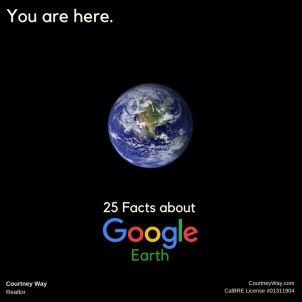 As a real estate agent, I’m passionate about technology that helps my home buyers and sellers (or just makes homeownership more fun), and that definitely describes Google Earth.
As a real estate agent, I’m passionate about technology that helps my home buyers and sellers (or just makes homeownership more fun), and that definitely describes Google Earth.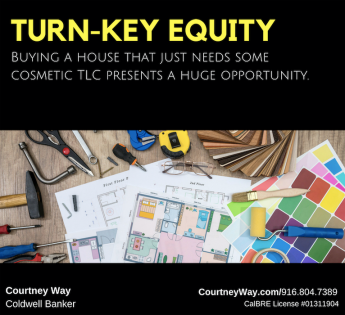 You walk into the house with high hopes, but almost immediately have second thoughts.
You walk into the house with high hopes, but almost immediately have second thoughts.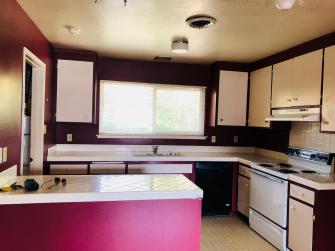 So, what are some of these cosmetic improvements we can make?
So, what are some of these cosmetic improvements we can make? But if we go down our checklist of what we’re looking for in a great real estate investment:
But if we go down our checklist of what we’re looking for in a great real estate investment: If you own a home, you’re probably especially interested in its value. Most likely, you pay attention to news reports about the local real estate market, watch with baited breath as your neighbor’s home sells, and even ask their favorite Realtor (like me) for a Comparative Market Analysis.
If you own a home, you’re probably especially interested in its value. Most likely, you pay attention to news reports about the local real estate market, watch with baited breath as your neighbor’s home sells, and even ask their favorite Realtor (like me) for a Comparative Market Analysis. If you’re an avid golfer, then it’s more a way of life than just a sport of weekend hobby – much to the chagrin of your spouse, family, and boss! It’s also true that some of the best golfing and golf courses in the world are located in California, and our Sacramento capital region is no exception. With beautiful natural surroundings that encompass rivers, lakes, woodlands, and rolling hills and weather suitable for year-round golfing, Sacramento is a perfect spot to tee off for amateurs, enthusiast, and aspiring professionals alike.
If you’re an avid golfer, then it’s more a way of life than just a sport of weekend hobby – much to the chagrin of your spouse, family, and boss! It’s also true that some of the best golfing and golf courses in the world are located in California, and our Sacramento capital region is no exception. With beautiful natural surroundings that encompass rivers, lakes, woodlands, and rolling hills and weather suitable for year-round golfing, Sacramento is a perfect spot to tee off for amateurs, enthusiast, and aspiring professionals alike.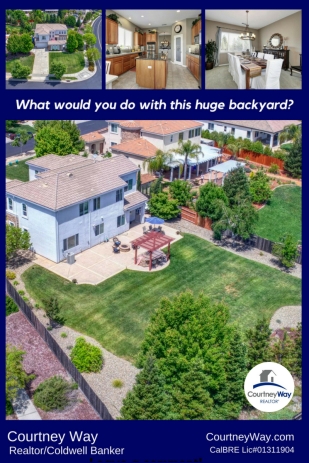 Is it your dream to not only drive out to the links and play 18 once or twice a week, but to walk out of your front door and be so close to a golf course that you might hear “Fore!” while mowing your lawn?
Is it your dream to not only drive out to the links and play 18 once or twice a week, but to walk out of your front door and be so close to a golf course that you might hear “Fore!” while mowing your lawn? The American Dream still includes buying real estate as a means to financial prosperity, with 75% of Americans polled say that owning their own home is a priority and 91% – a near consensus – reporting that they’d like to own a home at least once in their lifetime.
The American Dream still includes buying real estate as a means to financial prosperity, with 75% of Americans polled say that owning their own home is a priority and 91% – a near consensus – reporting that they’d like to own a home at least once in their lifetime.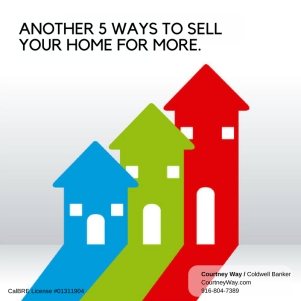 When it comes to selling your home, every homeowner wants to walk away with as much profit as possible. As your home selling specialist in Sacramento, I’ve put together this list of ten ways to do just that based on my experience selling homes for top dollar, housing sales data, and industry research.
When it comes to selling your home, every homeowner wants to walk away with as much profit as possible. As your home selling specialist in Sacramento, I’ve put together this list of ten ways to do just that based on my experience selling homes for top dollar, housing sales data, and industry research.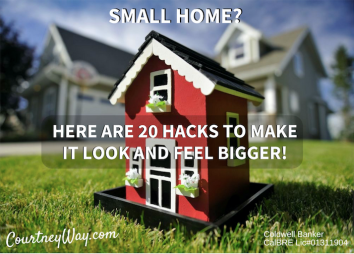 Square footage is always at a premium when you buy a home, but that’ even more so as prices climb and centralized neighborhoods become more attractive.
Square footage is always at a premium when you buy a home, but that’ even more so as prices climb and centralized neighborhoods become more attractive. 2. Add outdoor living spaces to extend the use of your home. This can be a wrap-around porch, an outdoor eating area, a covered patio, or a sitting area to enjoy your wine/coffee and greet your neighbors in the front of your home.
2. Add outdoor living spaces to extend the use of your home. This can be a wrap-around porch, an outdoor eating area, a covered patio, or a sitting area to enjoy your wine/coffee and greet your neighbors in the front of your home.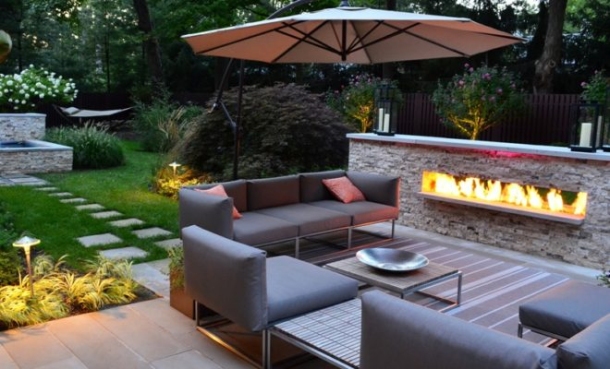
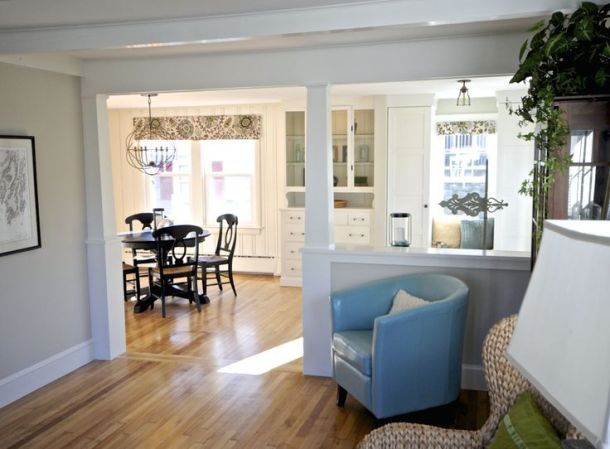
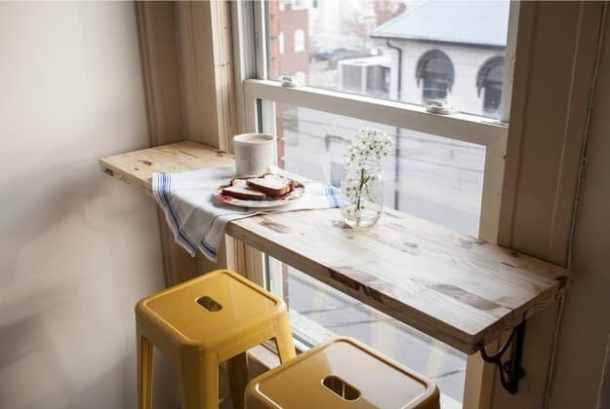
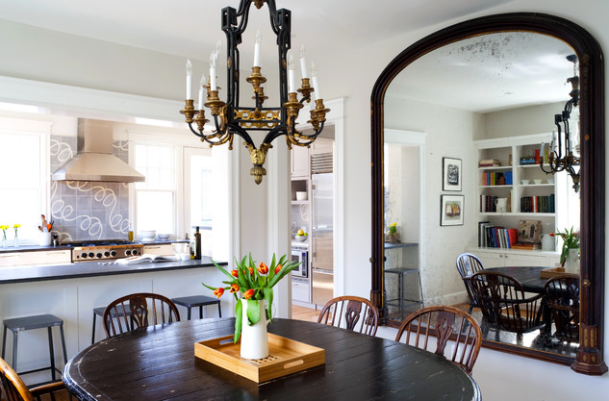
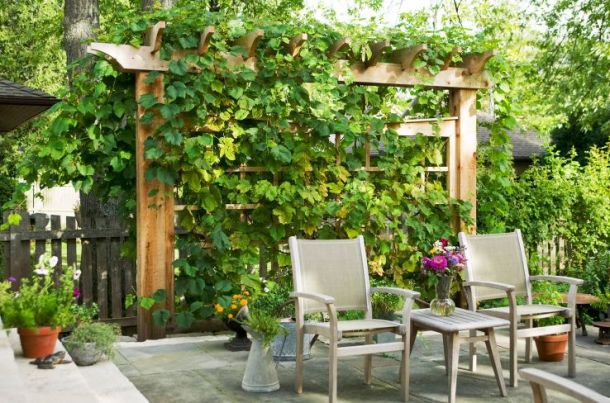

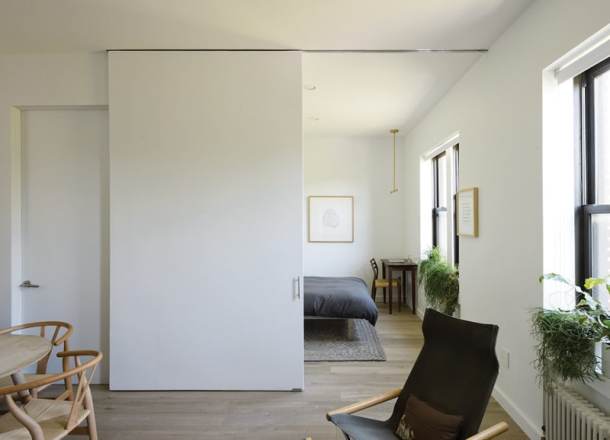
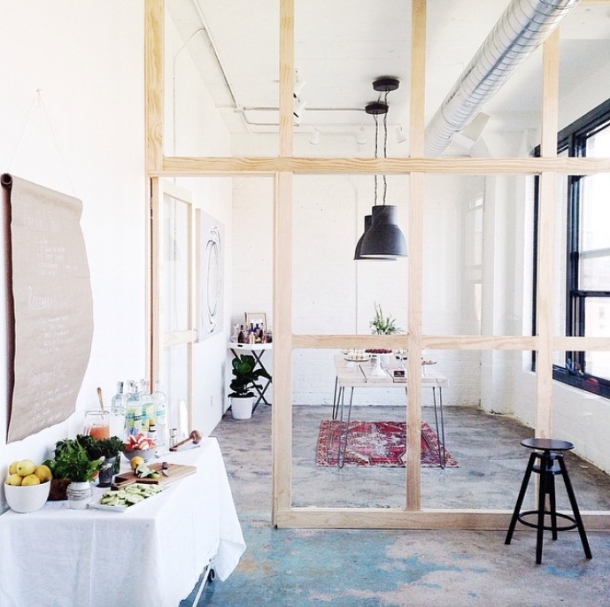
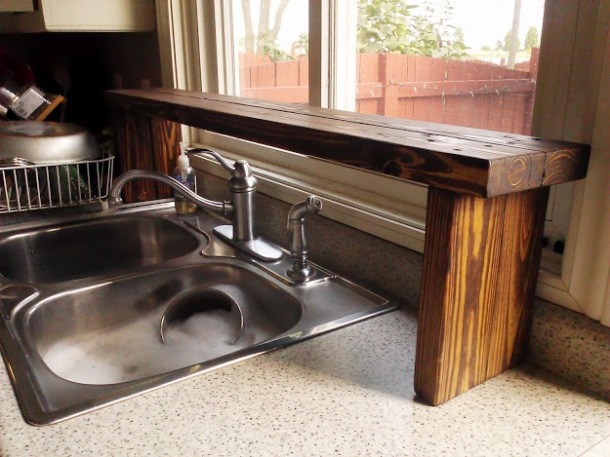

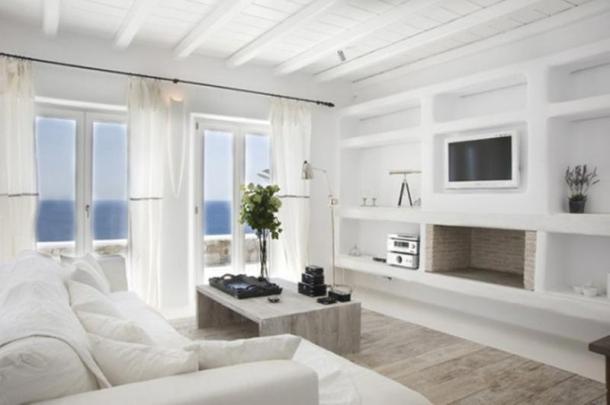
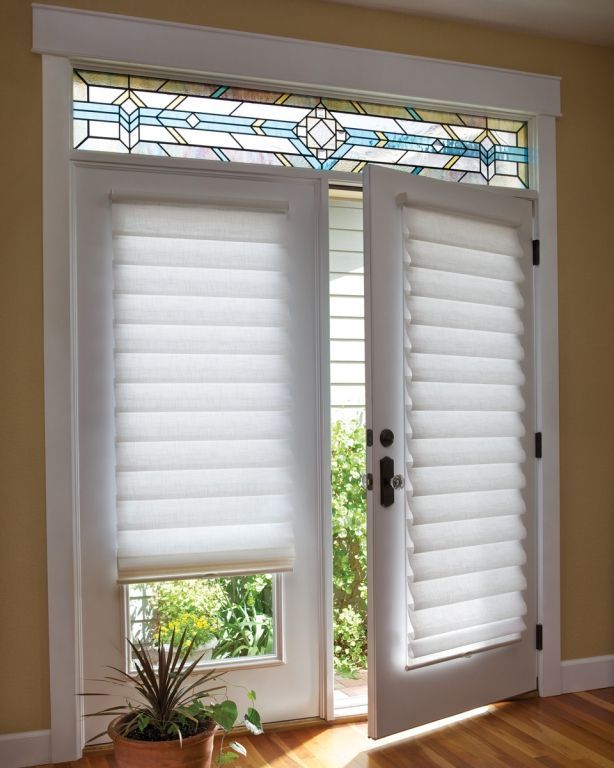
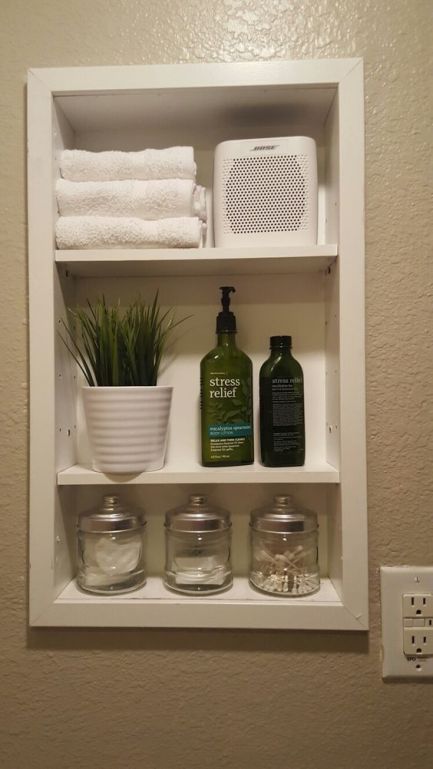
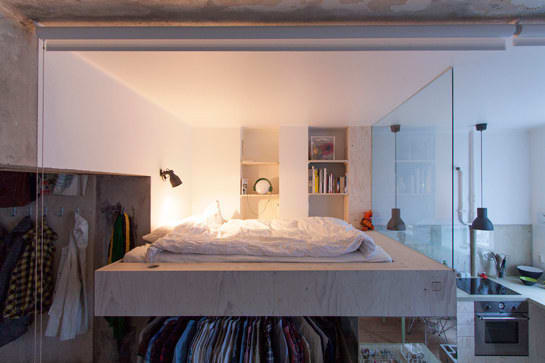
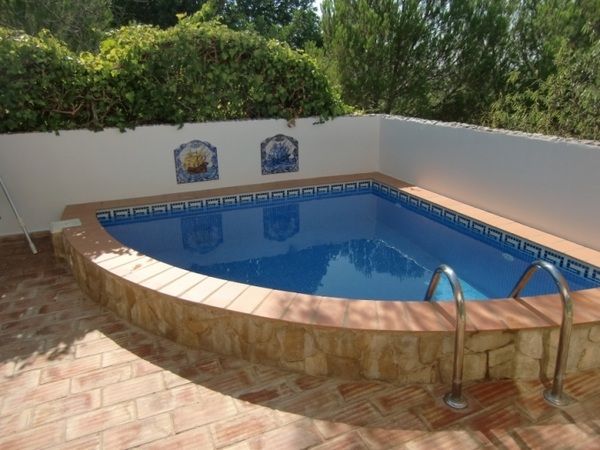
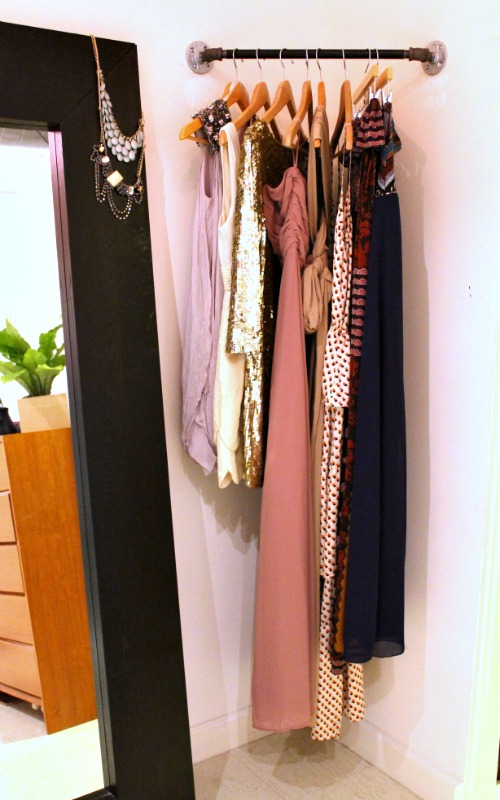
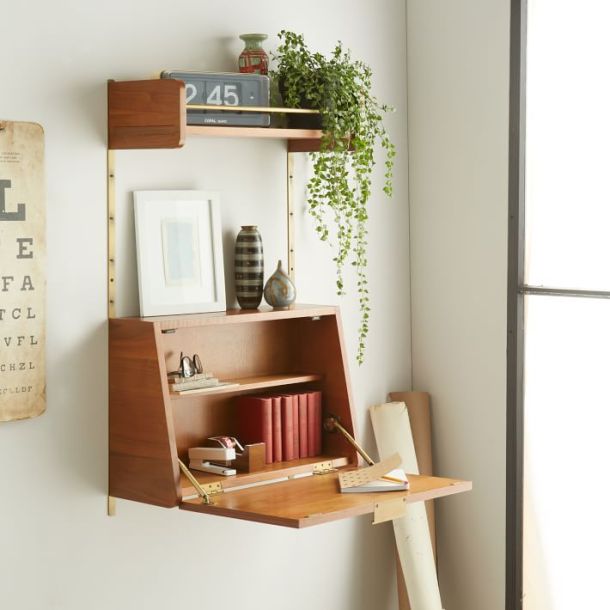

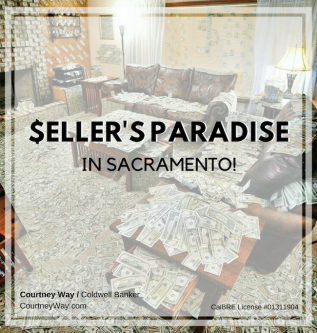 If you’re a homeowner in the Sacramento area and thinking about putting a For Sale sign in your front yard, the perfect storm of market factors is now in your favor – a veritable seller’s paradise.
If you’re a homeowner in the Sacramento area and thinking about putting a For Sale sign in your front yard, the perfect storm of market factors is now in your favor – a veritable seller’s paradise. Every homeowner wants to see their value on the rise, and every home buyer wants to purchase a property that has the potential to go way up in price. Of course, buying a beautiful, big home in the best neighborhood possible will ensure that happens, and there are also countless blogs and articles that go over how to boost your home’s value by improving its curb appeal, remodeling kitchens and bathrooms, and the like.
Every homeowner wants to see their value on the rise, and every home buyer wants to purchase a property that has the potential to go way up in price. Of course, buying a beautiful, big home in the best neighborhood possible will ensure that happens, and there are also countless blogs and articles that go over how to boost your home’s value by improving its curb appeal, remodeling kitchens and bathrooms, and the like.